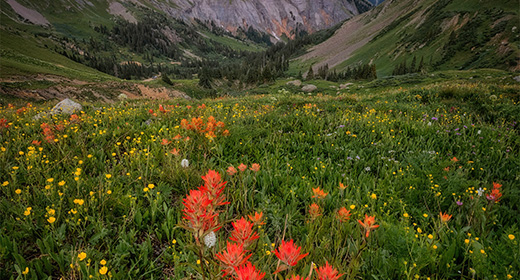by Marianne Guenot: Lakes appearing in Alaska because of melting permafrost are “belching” methane into the atmosphere, a scientist working with NASA said…
These lakes, called thermokarsts, are so full of the climate-damaging gas that it can be seen bubbling to the surface.
More and more of these lakes are appearing as Alaska’s permafrost thaws with rising temperatures and increasing forest fires, according to a 2021 study.
NASA’s Arctic Boreal Vulnerability Experiment (ABoVE) project is studying their effect on climate change, according to a NASA blog post published Thursday.
Thermokarsts are born after the earth thaws and collapses
Thermokarst lakes appear when permafrost, ground that is meant to stay frozen throughout the year, starts to melt.
As this happens, massive blocks of ice that are wedged into the ground also melt, which causes the ground to collapse several feet.
“Years ago, the ground was about three meters taller and it was a spruce forest,” said Katey Walter Anthony, an ecologist at the University of Alaska-Fairbanks, describing a thermokarst called Big Trail lake in Alaska.
Walter Anthony has been working with NASA’s ABoVE project to study Big Trail lake’s effect on climate change.

As water invades the sinkholes left behind, so do bacteria.
“At Big Trail Lake, it’s like opening your freezer door for the first time and giving all the food in your freezer to microbes to decompose,” said Walter Anthony.
“As they decompose it, they are belching out methane gas,” she said.
There are millions of lakes in the Arctic, but most are thousands of years old and don’t give off much gas anymore, per the NASA blog post.
It’s only the newer lakes, like Big Trail, which appeared less than 50 years ago, that give off high levels of the gas.
And this is far from a small amount.
Methane is a devastating greenhouse gas
Though carbon dioxide (CO2) remains the main long-term driver of the climate crisis, methane leaks have become a hot-button issue for helping control climate change in the short term.
Methane is a greenhouse gas, meaning it keeps heat that is radiating from the ground trapped in the atmosphere instead of letting the Earth cool down.
It is much more potent than CO2, about 30 times more effective at trapping heat. But it also dissipates more quickly than CO2, which lingers in the atmosphere, per the National Oceanic and Atmospheric Administration (NOAA).
“Reducing methane emissions is an important tool we can use right now to lessen the impacts of climate change in the near term, and rapidly reduce the rate of warming,” Rick Spinrad, the head of NOAA, previously said.
Methane also “contributes to ground-level ozone formation, which causes roughly 500,000 premature deaths each year around the world,” Spinrad said.
Human activities like agriculture, fuel exploitation, and landfills are big contributors to methane emissions.
For instance, gas leaks from methane pipeline are increasingly being targeted because they can be spotted from space and are easily fixable.
But natural sources such as wetlands can also be big contributors of methane, per NOAA.
Understanding how they could progress is important because rising temperatures could cause a “feedback loop” that “would largely be beyond humans’ ability to control,” NOAA said in April.









































